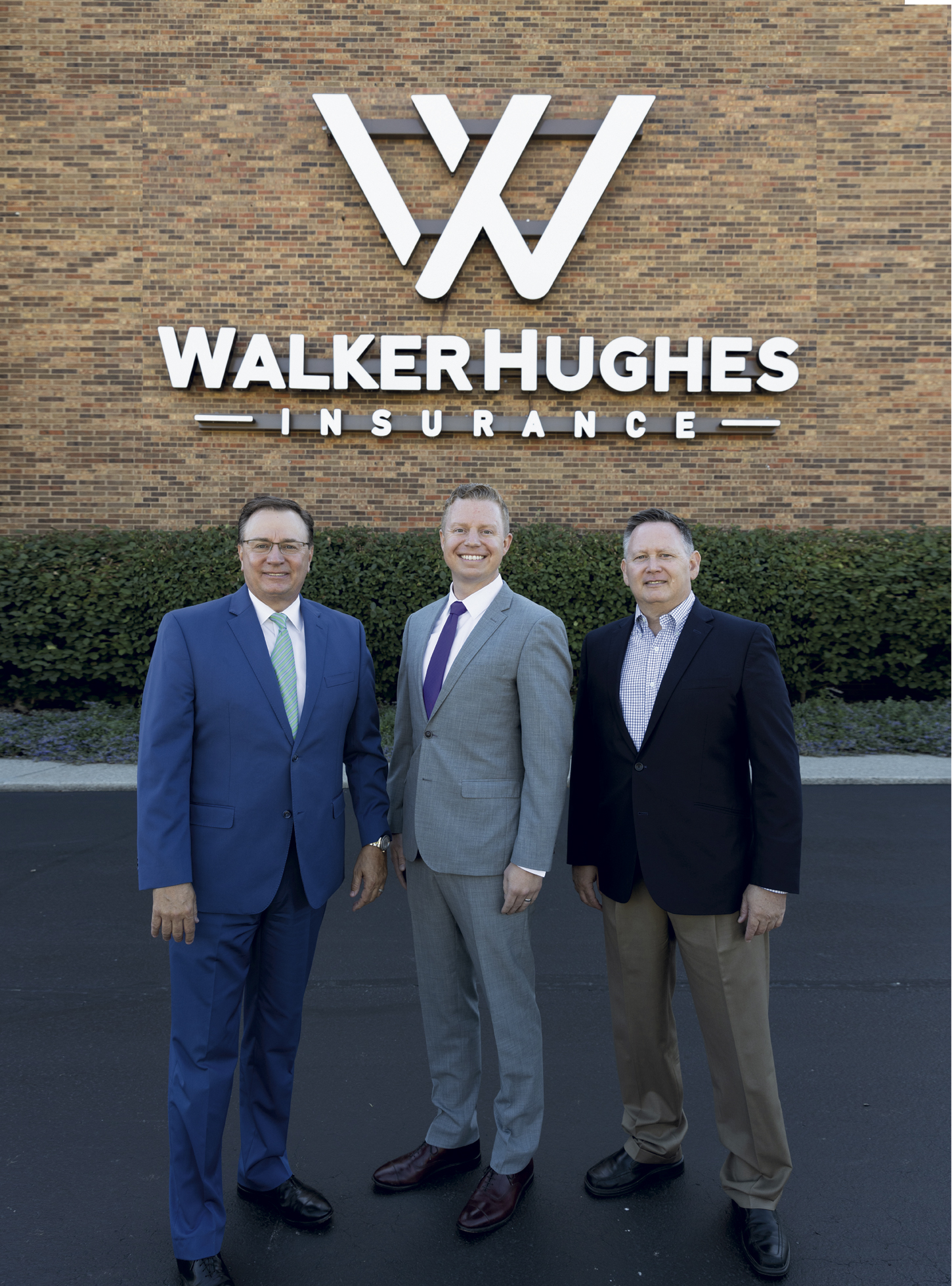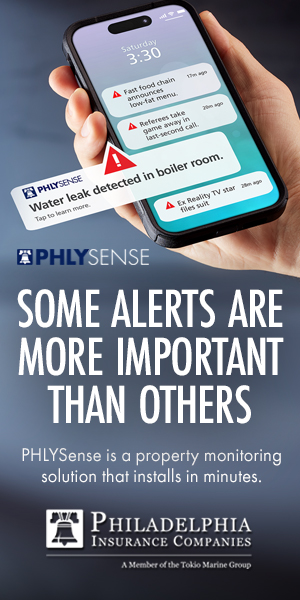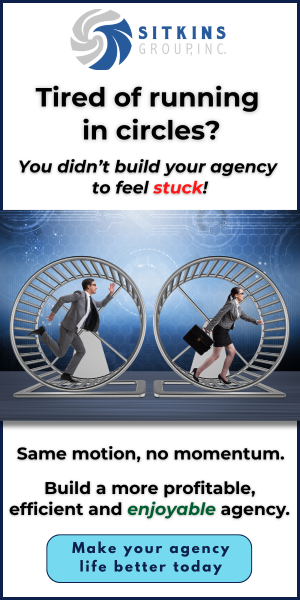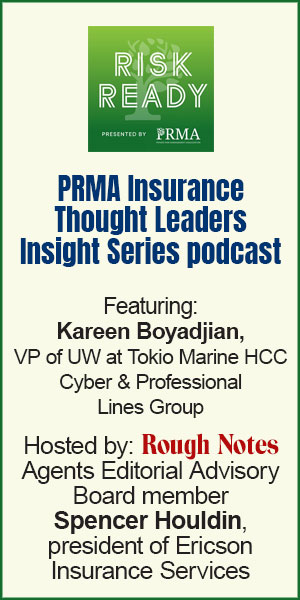Benefits Lead
MENTAL HEALTH SUPPORT
MENTAL HEALTH SUPPORT IN EVERYDAY INTERACTIONS Starting conversations, uplifting lives By Thomas A. McCoy, CLU In January, we reported on...
CRITICAL ILLNESS: CRITICAL SITUATION
CRITICAL ILLNESS: IT’S A CRITICAL SITUATION The COVID pandemic raises employer and employee consciousness for the product By Len Strazewski...
MENTAL HEALTH SUPPORT IN THE WORKPLACE
MENTAL HEALTH SUPPORT IN THE WORKPLACE The need becomes more obvious; how will benefit plans respond? By Thomas A. McCoy,...
FROM WELLNESSTO WELL-BEING
FROM WELLNESSTO WELL-BEING Today’s employer, agent and insurer focus goes beyond traditional wellness programs By Len Strazewski Biometric screenings, on-site...
BENEFITS AGENCY: DRIVEN BY DATA
Capitalizing on Benefits By Len Strazewski Employee benefits is a numbers game—based on headcounts, claims statistics, and data analysis....









